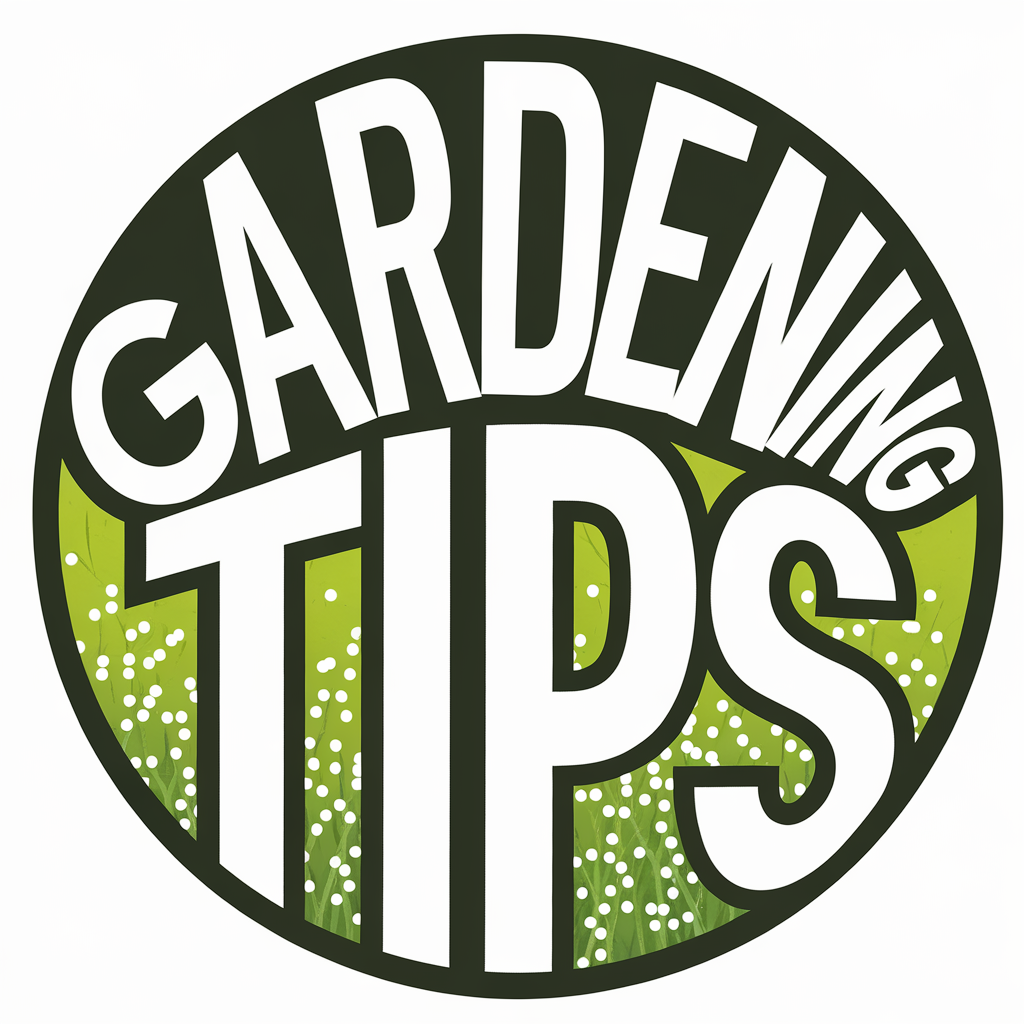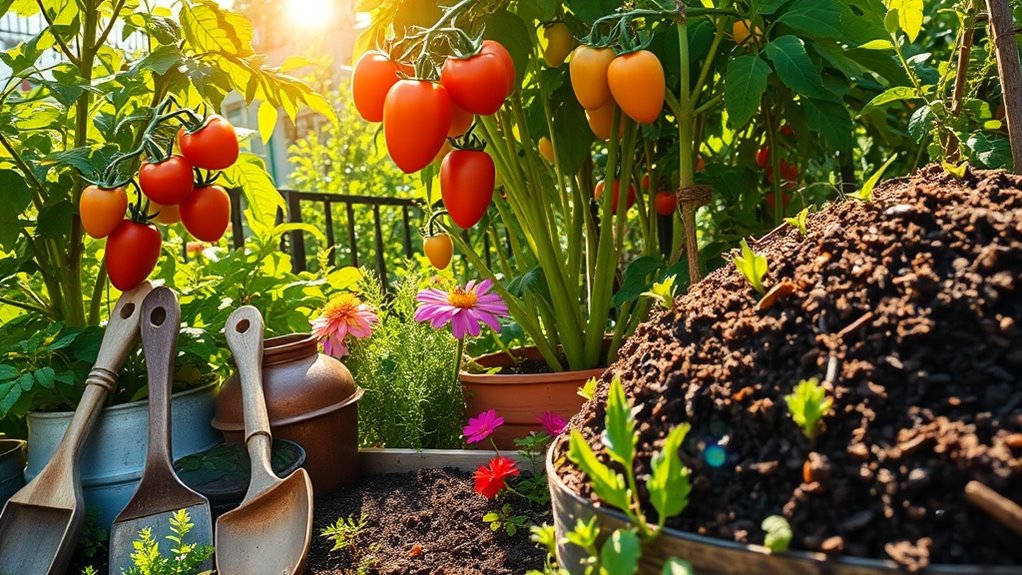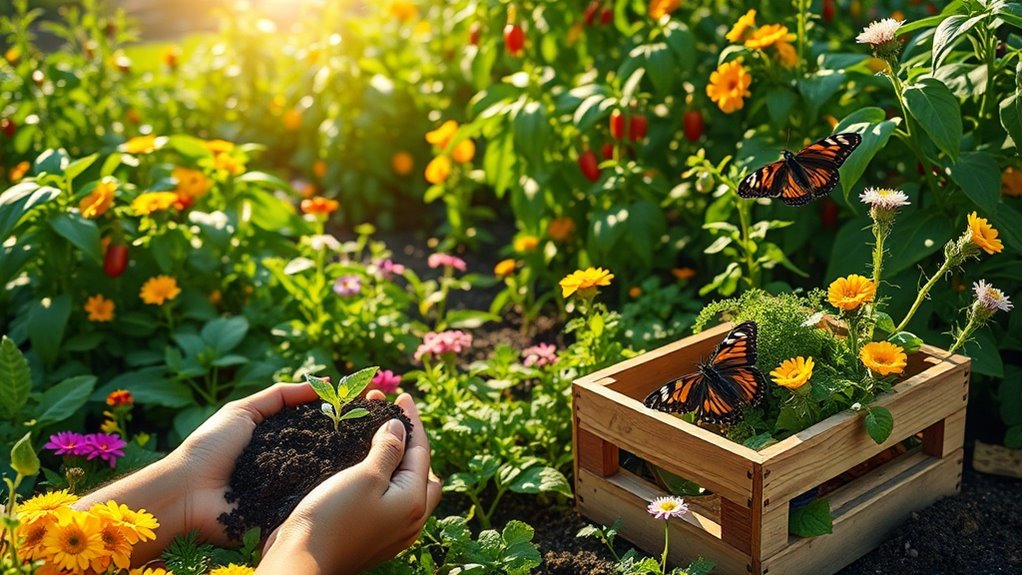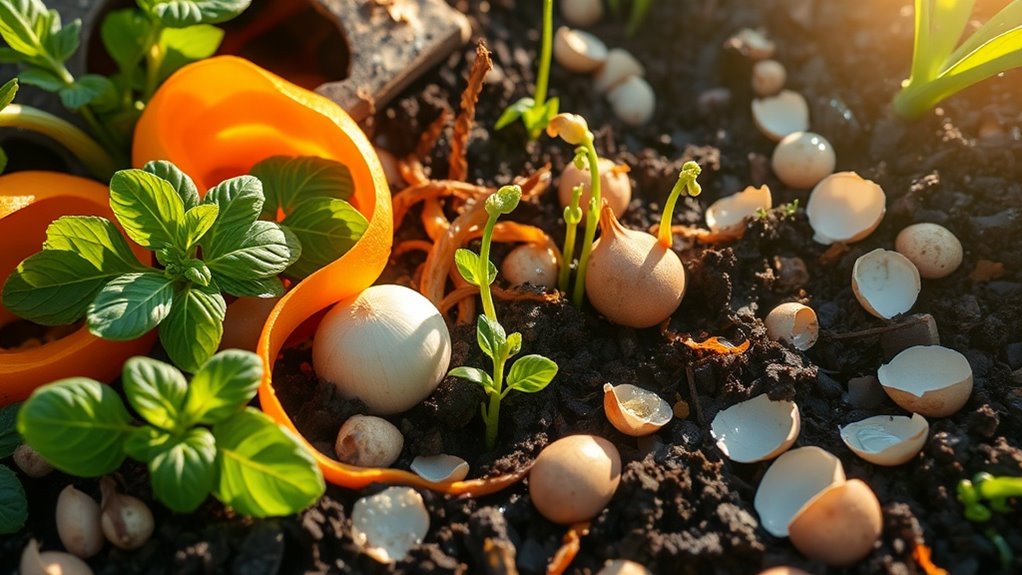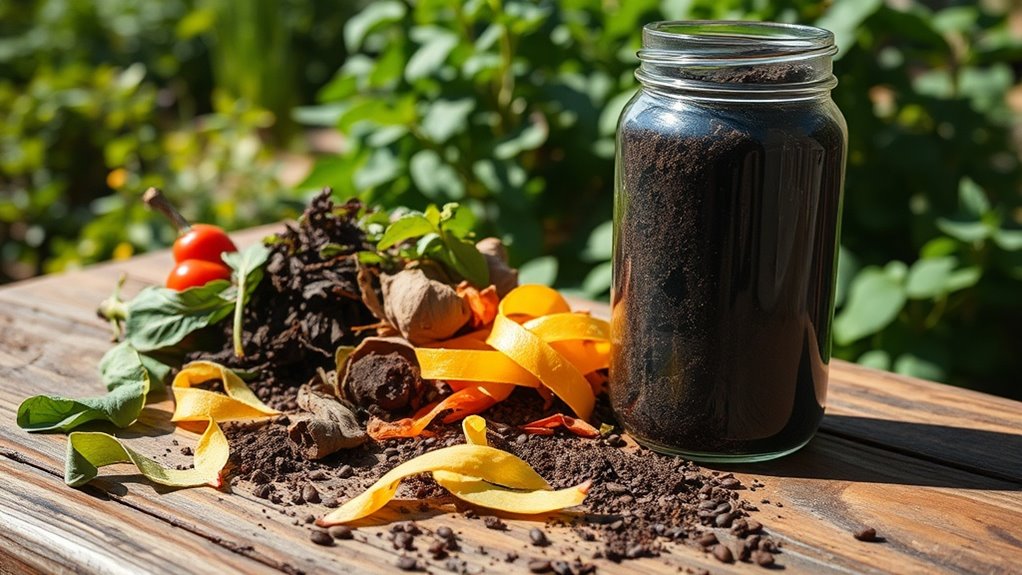How to Build a Thriving Organic Garden From Scratch
To build a thriving organic garden from scratch, start by selecting a sunny location with well-draining soil. Test and amend your soil for ideal pH and nutrients. Choose organic seeds, ensuring they’re non-GMO and free from chemicals. Implement effective pest management using natural remedies like Neem Oil and companion planting. Water efficiently, targeting about an inch per week, and use mulch to retain moisture. With these practices in place, you’ll cultivate a healthy, productive garden and discover more techniques for success.
Selecting the Right Location for Your Garden
When choosing the right location for your organic garden, how can you guarantee the best conditions for growth?
Start by evaluating sunlight; most vegetables need at least six hours of direct sunlight daily.
Avoid shaded areas from trees or buildings.
Next, consider drainage; your site should have well-draining soil to prevent root rot.
Also, proximity to water sources is essential for easy irrigation.
If you’re launching an organic startup, make sure your chosen site is free from chemical residues.
Finally, check local wildlife; a location prone to pests may require additional protective measures.
In addition to these factors, assessing soil health is critical for determining the suitability of your garden site.
Selecting wisely sets a solid foundation for your garden’s success.
Preparing the Soil for Optimal Growth
After selecting the right location for your organic garden, the next step involves preparing the soil to guarantee ideal growth for your plants.
Start by testing your soil’s pH and nutrient levels using a home testing kit. Most plants thrive in slightly acidic to neutral soil (pH 6-7). Conducting a soil test can help identify any deficiencies or imbalances that may affect your plants’ health.
Amend your soil with organic matter, such as compost or well-rotted manure, to improve its structure and fertility.
Aerate the soil by tilling, ensuring it’s loose enough for roots to penetrate easily.
Finally, remove any weeds or debris to create a clean environment, setting the stage for healthy, vibrant plants.
Choosing Organic Seeds and Plants
When choosing organic seeds and plants, it’s essential to select heirloom varieties that have been preserved for their unique flavors and resilience. Understanding seed labels helps you identify whether the seeds are truly organic and free from harmful chemicals. This knowledge lays the foundation for a thriving organic garden that promotes biodiversity and sustainability. Additionally, opting for seeds that are truly organic can significantly enhance your garden’s health and yield.
Selecting Heirloom Varieties
Selecting heirloom varieties for your organic garden can greatly enhance both the flavor and biodiversity of your crops. These seeds have been passed down through generations, often boasting unique tastes and resilience. When choosing heirloom seeds, consider the following:
| Flavor Profile | Biodiversity Impact |
|---|---|
| Rich and complex | Supports local ecosystems |
| Uncommon varieties | Preserves genetic diversity |
| Historical significance | Promotes sustainable farming |
Understanding Seed Labels
How can you guarantee that the seeds you choose for your organic garden truly meet organic standards?
First, look for the USDA Organic label, which guarantees the seeds are grown without synthetic fertilizers or pesticides.
Check for additional certifications, like Non-GMO Project Verified, to avoid genetically modified organisms.
Examine the seed packet for information on the variety, germination rates, and treatment processes.
Avoid seeds labeled as “conventional,” as they may not meet organic criteria.
Finally, consider sourcing seeds from reputable suppliers who specialize in organic varieties, guaranteeing you’re starting your garden with the best possible foundation for thriving plants.
Implementing Effective Pest Management Strategies
Managing pests in your organic garden requires a strategic approach that incorporates natural pest deterrents and companion planting techniques.
You can enhance your garden’s resilience by selecting plant pairings that naturally repel harmful insects while attracting beneficial ones. Additionally, understanding the role of organic insecticides can help you make informed decisions that protect your plants without compromising your commitment to organic gardening. Implementing natural pest deterrents can significantly reduce the need for chemical interventions and promote a healthy ecosystem in your garden.
Natural Pest Deterrents
Natural pest deterrents play an essential role in maintaining the health and productivity of your organic garden. You can use various methods to keep pests at bay without chemicals. Here’s a quick reference table for effective natural deterrents:
| Deterrent | Application |
|---|---|
| Neem Oil | Spray on plants to disrupt pests |
| Diatomaceous Earth | Dust around plants for insects |
| Garlic Spray | Apply as a foliar treatment |
| Cayenne Pepper | Mix with water and spray |
These safe, natural options not only protect your plants but also promote a balanced ecosystem in your garden.
Companion Planting Techniques
Companion planting techniques offer a strategic approach to pest management in your organic garden.
By pairing specific plants, you can create beneficial relationships that deter pests naturally.
For instance, planting marigolds alongside tomatoes can repel nematodes, while basil enhances the growth of tomatoes and masks their scent from pests.
Incorporating plants like nasturtiums attracts aphids away from your vegetables, acting as a trap crop.
Additionally, intercropping with legumes enriches the soil with nitrogen, promoting healthier plants overall.
Organic Insecticides Overview
While companion planting can greatly reduce pest populations, it’s not always enough to protect your crops from more persistent intruders.
Organic insecticides provide a viable solution, employing natural substances to target specific pests without harming beneficial insects.
Options like neem oil disrupt insect growth and reproduction, while insecticidal soap effectively suffocates soft-bodied pests. Essential oils, such as peppermint or clove, can deter unwanted visitors.
To guarantee effectiveness, apply these treatments during cooler parts of the day, and always follow label instructions carefully.
Monitoring your garden regularly will help you identify issues early and implement timely pest management strategies.
Understanding Watering and Irrigation Techniques
How can you make sure your organic garden receives the right amount of water?
Start by understanding the needs of your plants—most require about an inch of water weekly.
Use a soil moisture meter to gauge when to water; this prevents over or under-watering.
Consider drip irrigation systems for efficiency, delivering water directly to the roots and minimizing evaporation.
Mulching helps retain soil moisture, reducing the frequency of watering.
Finally, water early in the morning or late in the afternoon to lessen evaporation rates. Additionally, mastering the art of watering can significantly enhance your garden’s resilience and overall health.
Incorporating Sustainable Gardening Practices
What strategies can you implement to incorporate sustainable gardening practices into your organic garden?
First, utilize crop rotation to enhance soil health and reduce pest buildup.
Implement companion planting, pairing beneficial plants to improve growth and deter pests naturally. For instance, specific plant pairings such as tomatoes and basil can thrive together and enhance each other’s growth.
Use organic mulch to conserve moisture, suppress weeds, and enrich the soil as it decomposes.
Collect rainwater for irrigation, promoting water conservation.
Finally, prioritize native plants, as they require less water and foster local biodiversity.
Maintaining Your Organic Garden for Long-Term Success
Are you ready to guarantee your organic garden thrives year after year?
Start by regularly testing your soil for pH and nutrient levels, ensuring ideal conditions for plant growth. Rotate your crops annually to prevent soil depletion and reduce pest infestations. Implement companion planting to enhance biodiversity and natural pest control. Use organic mulches to retain moisture and suppress weeds. Regularly monitor for pests and diseases, employing organic solutions when necessary. Finally, maintain a compost system to recycle garden waste and enrich your soil. Conducting soil testing can help you enhance plant health, leading to a more robust and productive garden.
These practices will foster a resilient ecosystem, ensuring your garden’s long-term success.
